The health risks that might be hiding in your home
Surprising things that could be making you sick
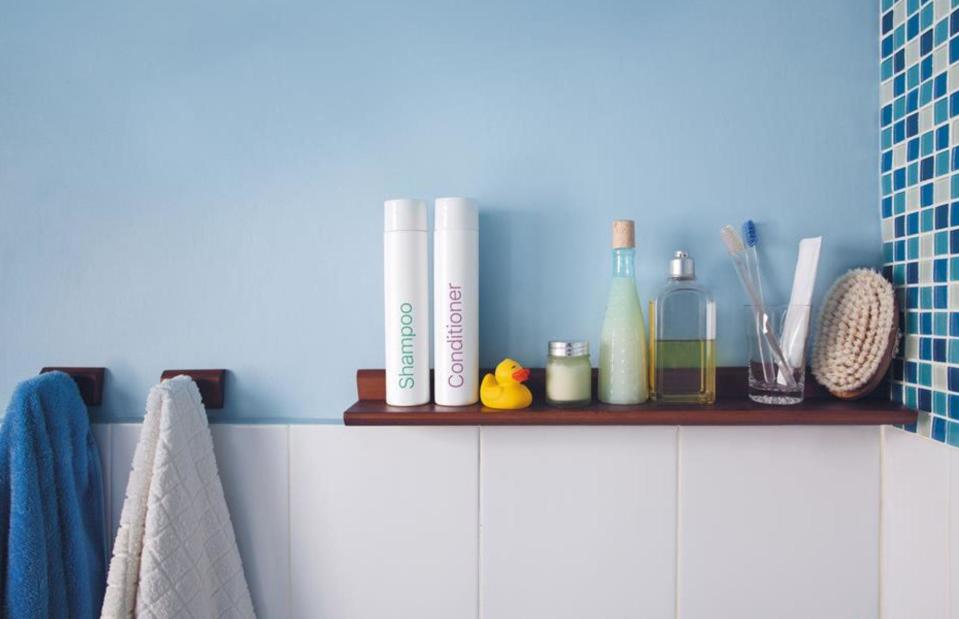
TheFarAwayKingdom / Shutterstock
We spend much of our time trying to create stylish and safe living spaces for our families, but however hard we try, there are still hidden hazards lurking around the home and in ordinary household items. While faulty wiring and wet bathroom floors are obvious issues, some health risks aren't always so apparent. From scented candles to AC units, read on to see what to look out for...
Unwashed bedding
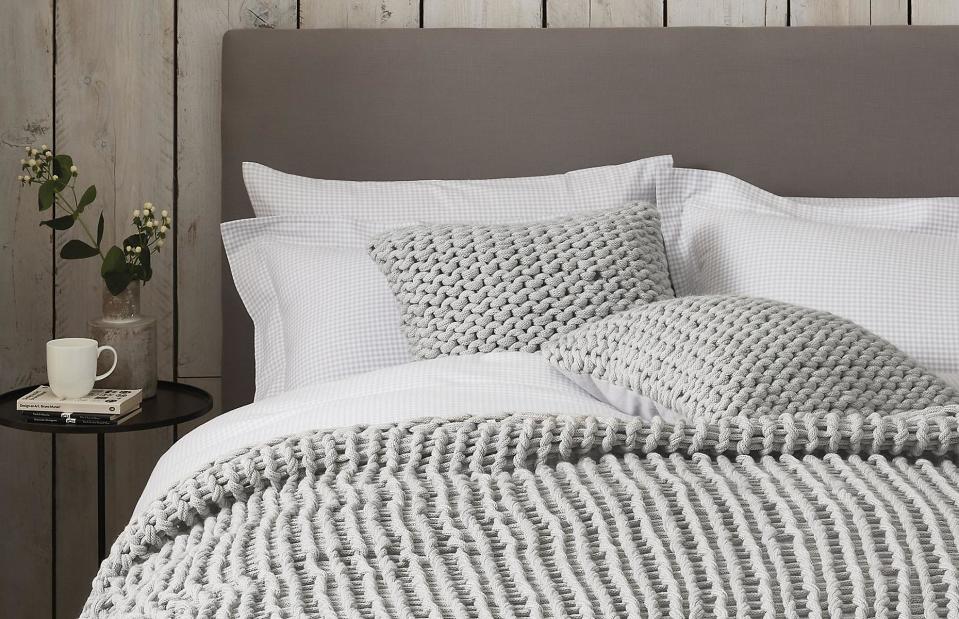
The White Company
Apparently, we spend a third of our lives in bed and during that time, our sheets become exposed to everything from sweat to dust and make-up. Yet many of us overlook washing our bedding, despite the fact it's recommended we do so at least every other week. Failing to change your sheets regularly enough can not only lead to skin breakouts, eczema, bacterial infections and allergies, but also to dust mites, which feed on dead skin. If that isn't enough to make you refresh your bedding, we don't know what is...
Asbestos
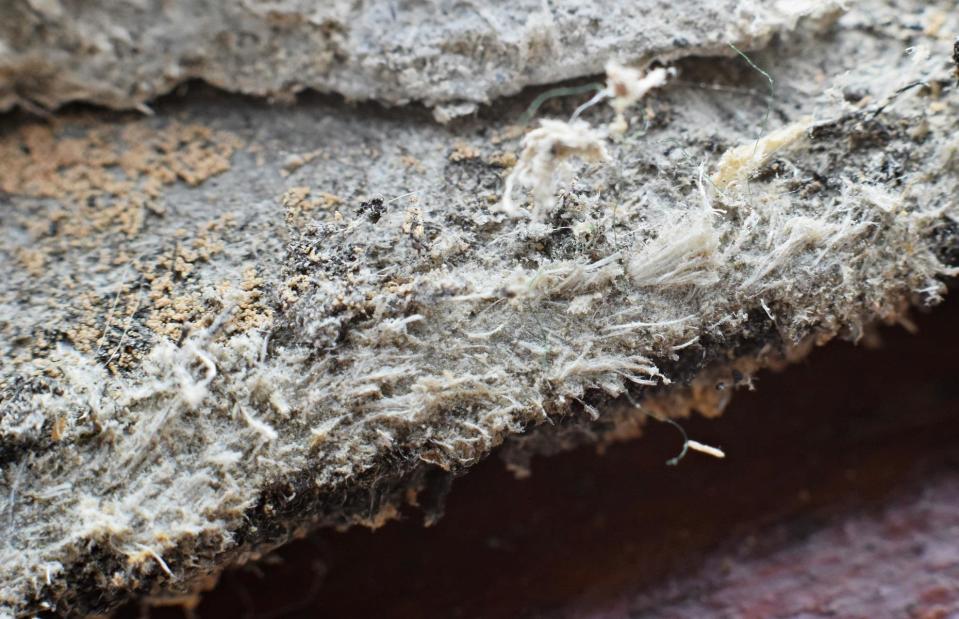
Tunatura / Shutterstock
Up until the 1970s, asbestos was a common product used in homes across the world. From roofing to insulation, this fibrous material was seen as inextinguishable. Yet in the 60s, it was found to be responsible for mesothelioma, a cancer caused by prolonged inhalation of asbestos fibres. If your home was built between 1920 and 1978, you may be exposed to asbestos. Rather than trying to tackle the problem yourself, always hire a specially trained contractor to remove it.
Poor ventilation
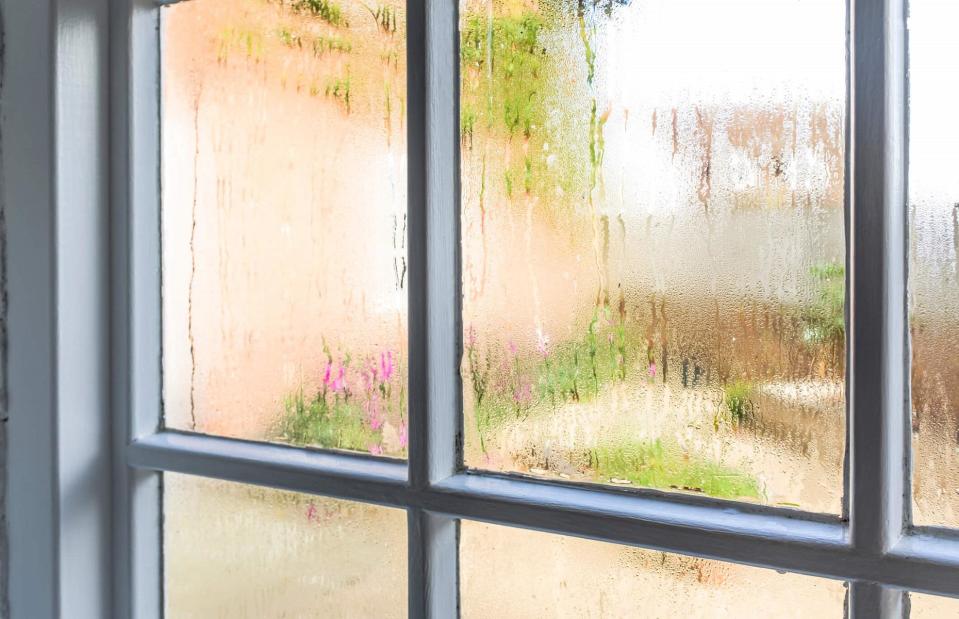
Paul Maguire / Shutterstock
If you've noticed excessive condensation on your windows, mould spots on your walls or a musty smell around the house, then your home could be suffering from poor ventilation. Most common in old properties, condensation and mould are signs of too much water in the air, which can enhance the spread of airborne viruses and lead to hypersensitivity, allergy issues, sinus problems and headaches. To remedy the issue, keep windows open in moist rooms, consider installing a heat recovery ventilator, buy a portable dehumidifier or use strategically placed fans.
Toxic candles
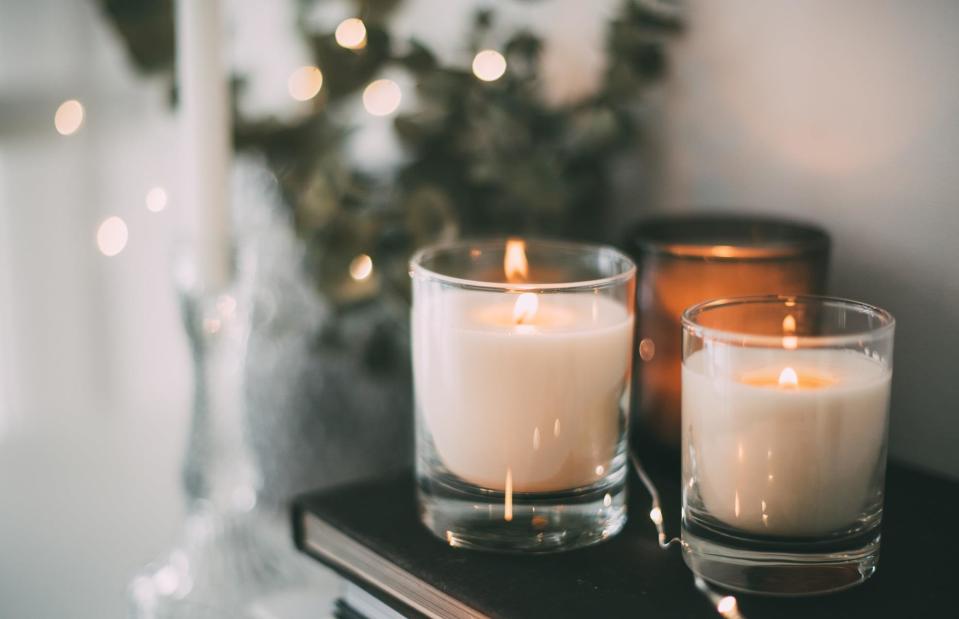
Daria Minaeva / Shutterstock
It might surprise you to learn that many scented candles are not only causing damage to the environment but to our health too. Some candles contain paraffin wax, which is actually derived from coal, petroleum or shale oil, so when it burns, toxic chemicals are released into the home. These hazardous compounds include acetone, which is used to make nail varnish remover and paint stripper, and toluene, which occurs naturally in crude oil. When purchasing your next scented candle, opt for products made from soy or beeswax.
Gas leaks
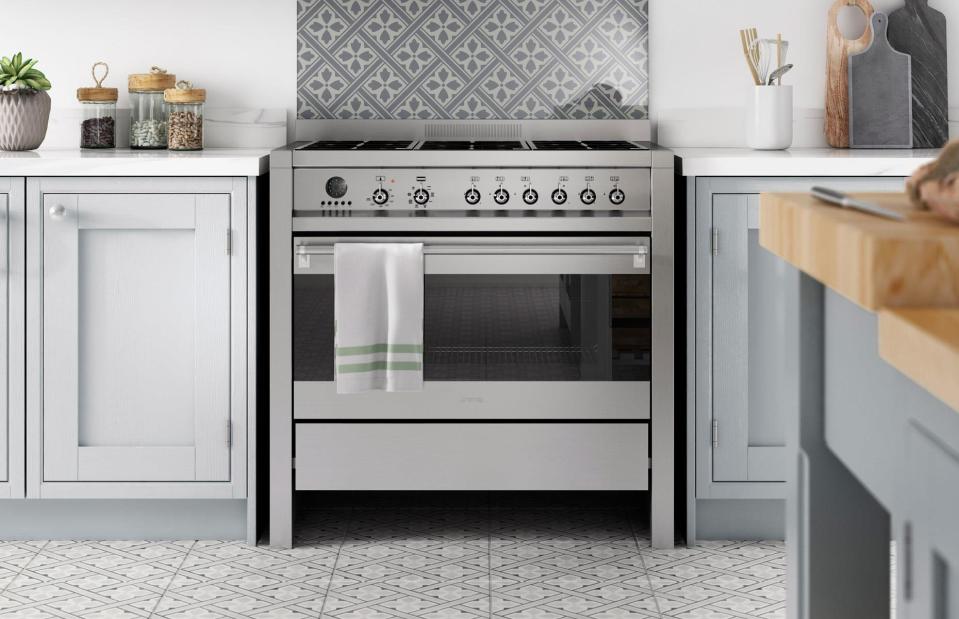
Tile Giant
While some homes run entirely on electricity, others are powered by gas. If your property happens to have an old gas boiler or a retro kitchen stove, then there could be a danger of a gas leak, which can very quickly become a serious situation. Left unchecked, unsafe appliances could lead to fires and even carbon monoxide poisoning. Though invisible, gas boasts a potent smell, so at the first signs of a leak, call in the professionals. A new boiler could also save you money on your heating bills.
Air pollution
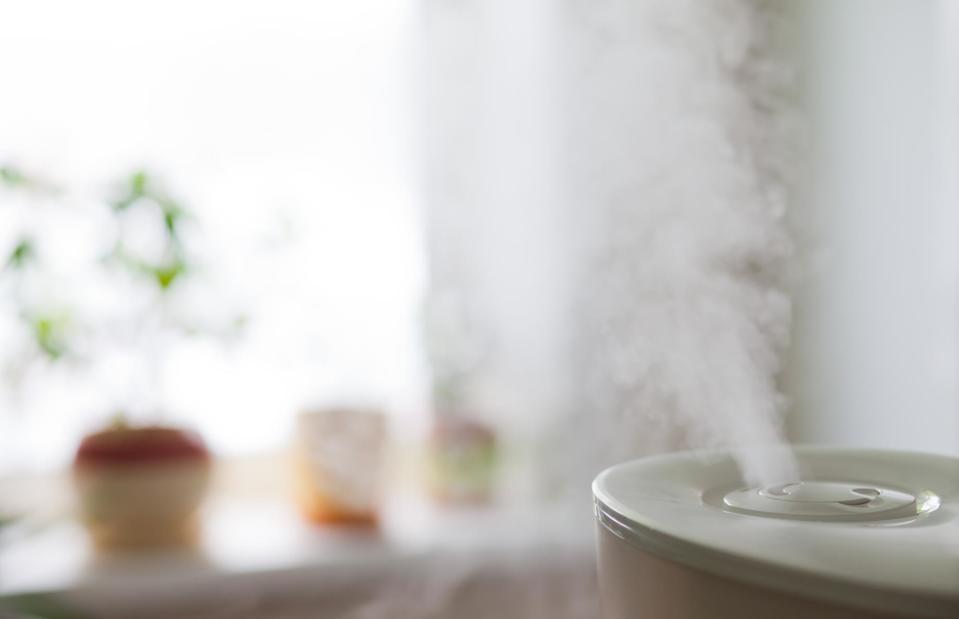
Yury Stroykin / Shutterstock
When we think of air pollution, we think of big cities – but there are, in fact, many impurities that can affect our health in our own homes. Airborne particles from tobacco smoke or gas-burning appliances can land on our skin and be inhaled into our lungs. Adding a purifier can help with this, circulating the air in the room and trapping potentially harmful gas particles in its filters.
Bathroom products
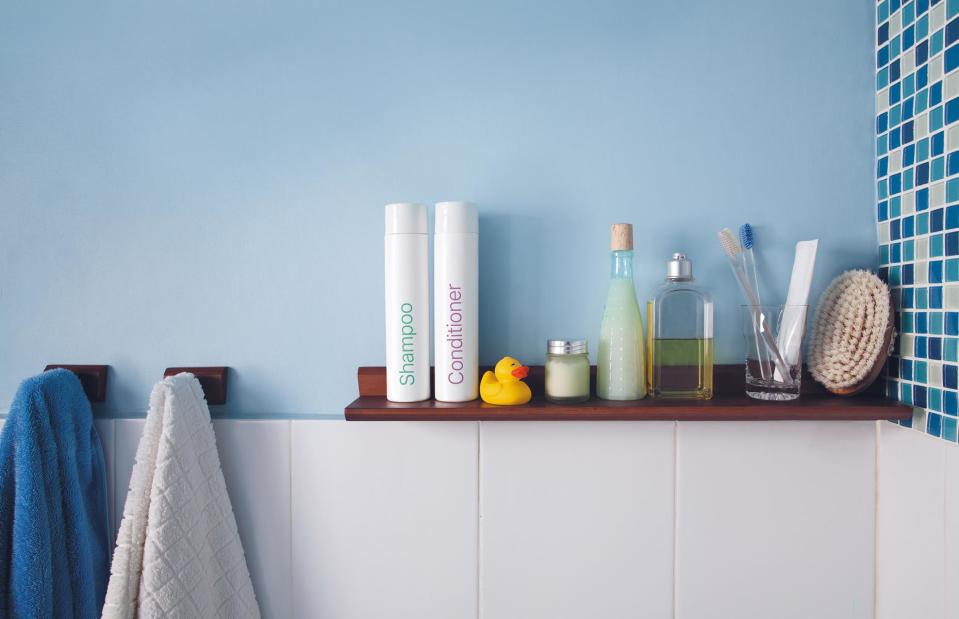
TheFarAwayKingdom / Shutterstock
Few people realise that commonplace products for your hair or the bath can have major health implications. According to the Campaign for Safe Cosmetics, chemicals such as formaldehyde, formaldehyde-releasing preservatives and 1,4-dioxane (often found in shampoos and liquid soaps) can cause organ-system toxicity, skin irritation and even cancer.
Carpets
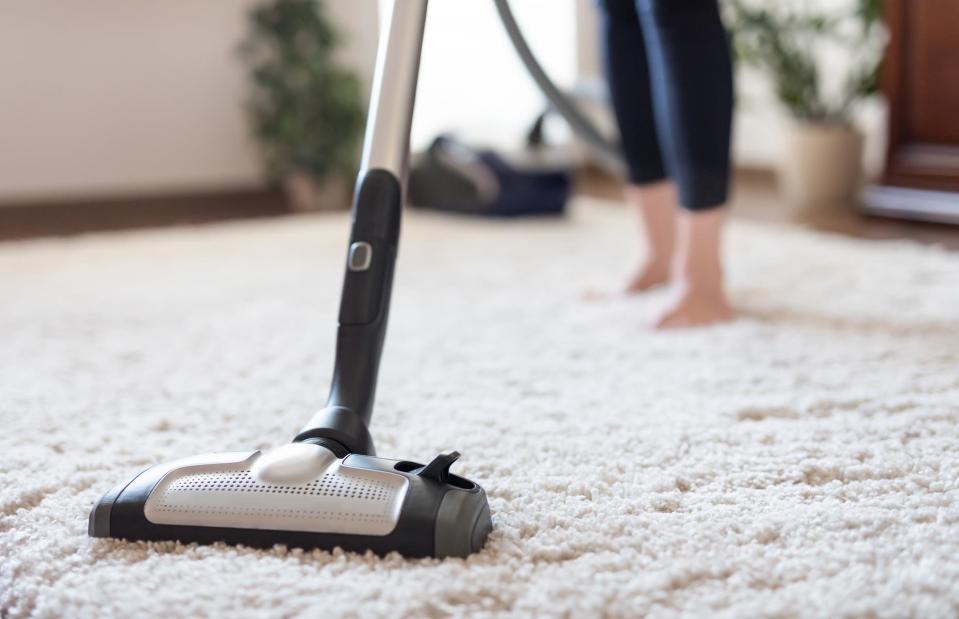
REDPIXEL.PL / Shutterstock
Carpets add comfort to our homes – but did you know they can be a home hazard? Familiar with that new carpet smell? Standard carpeting is made from synthetic fibres and contains flame retardants, stain guards and dyes which can create a cocktail of chemicals. When you buy a new carpet make sure your home is well ventilated with plenty of fresh-air circulation. Then, remember to keep it clean: dirty carpets can lead to a whole host of nasties, such as moth infestations, dust mites and mould.
Damp
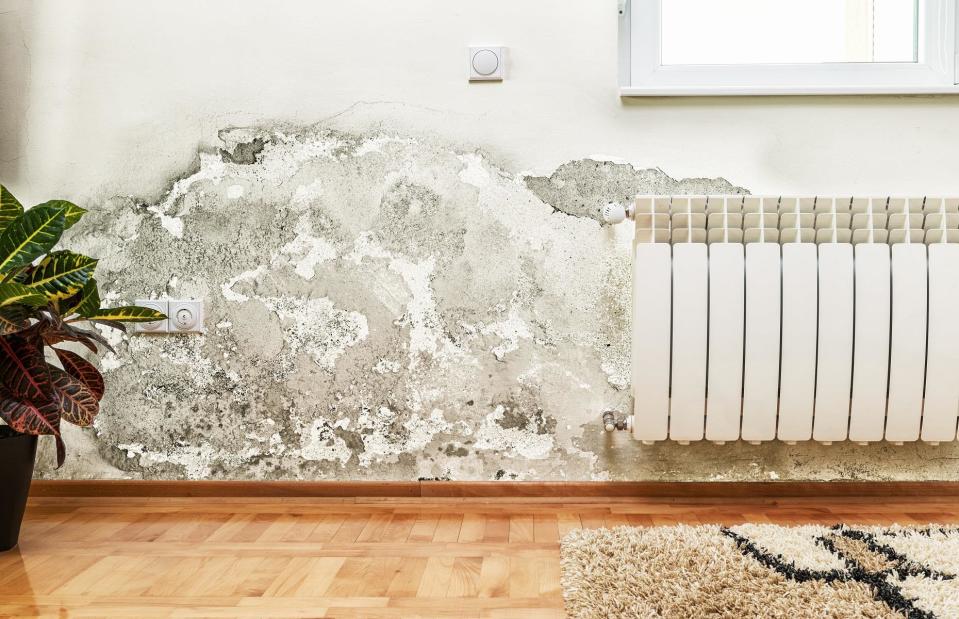
jocic / Shutterstock
As well as being fatal for your home's structural integrity, damp is also extremely bad for your health. Caused by anything from poor ventilation to cracks in walls, damp can quickly spread through the house. Prolonged exposure to damp, and the mould spores it produces, can lead to respiratory issues, allergies and a weakened immune system. In fact, according to the World Health Organization, damp is responsible for a considerable amount of the world’s 300 million asthma cases. Check out our guide to removing damp.
Dust
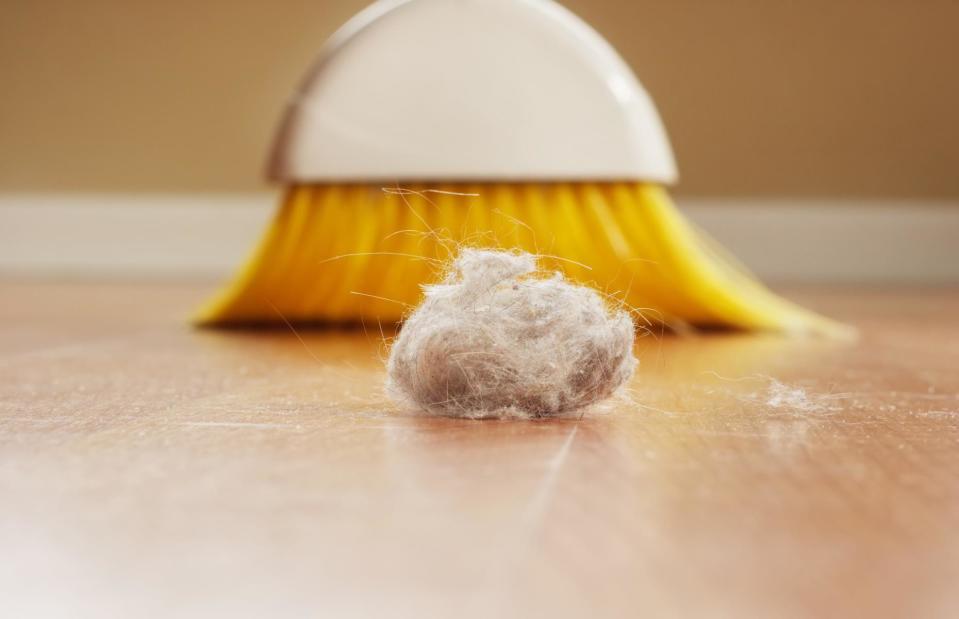
Suzanne Tucker / Shutterstock
Dust mites are microscopic organisms that feed off house dust and the moisture in the air. They are one of the most common indoor allergens, not only causing asthma and respiratory problems but eczema too. Manage a dust allergy by removing carpets and heavy curtains, and using mite-proof mattress protectors and pillowcases – and most of all vacuum, vacuum, vacuum. You're sure to find plenty of alternative flooring ideas in our dedicated guide.
Bathroom mould
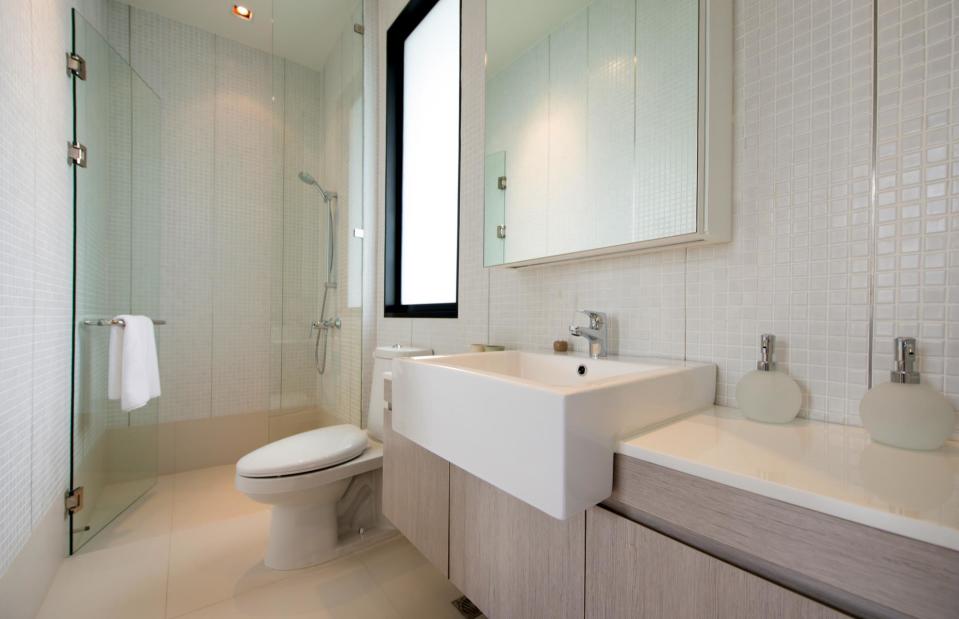
Tracy ben / Shutterstock
Your bathroom should be a sanctuary – but unfortunately, with all that moisture and warmth, it's a breeding ground for mould and mildew too. Not only is the slimy residue unsightly, it's a serious health hazard. According to NHS Choices, mould can cause respiratory problems and infections, allergies or asthma, as well as affect the immune system. Tiles and bath sealants are particularly susceptible, so clean regularly and wipe surfaces down with a cloth after bathing. Leave the windows open during and after cleaning up.
Poisonous garden plants

Natalia van D / Shutterstock
Who'd have thought your beautiful garden could be home to foul flowers and pernicious plants ready to strike? Some plants will give you a nasty tummy ache if accidently consumed, so it's advised to take care and use gloves when tending to them. According to The Woodland Trust, the most poisonous plants in gardens are foxgloves, deadly nightshade and monkshood. Plus, if you have pets be sure to check that your plants are safe for them, too.
Air-conditioning systems
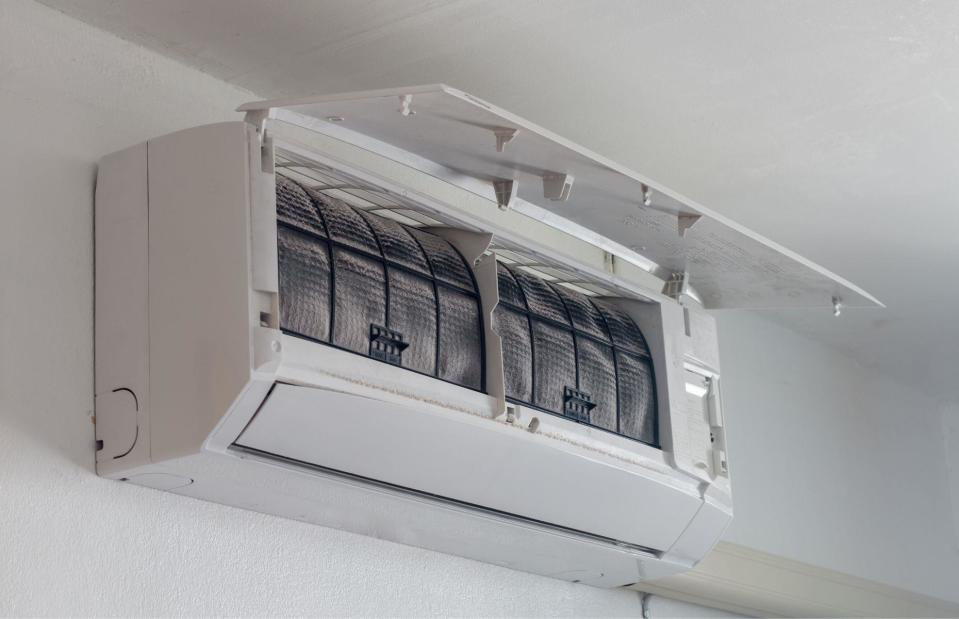
EAKNARIN JITONG / Shutterstock
We regularly clean our clothes and our work surfaces, but how often do we tend to our air-conditioning units? If you're lucky enough to own one, then you'll need to ensure it's regularly cleaned. Each machine features filters that catch dust particles. If left, these can quickly pollute the air with bacteria. Your device will also contain water in its ducts, which can become a breeding ground for mould, so ensure you regularly wipe your machine's elements and empty out any residual water.
Chopping boards
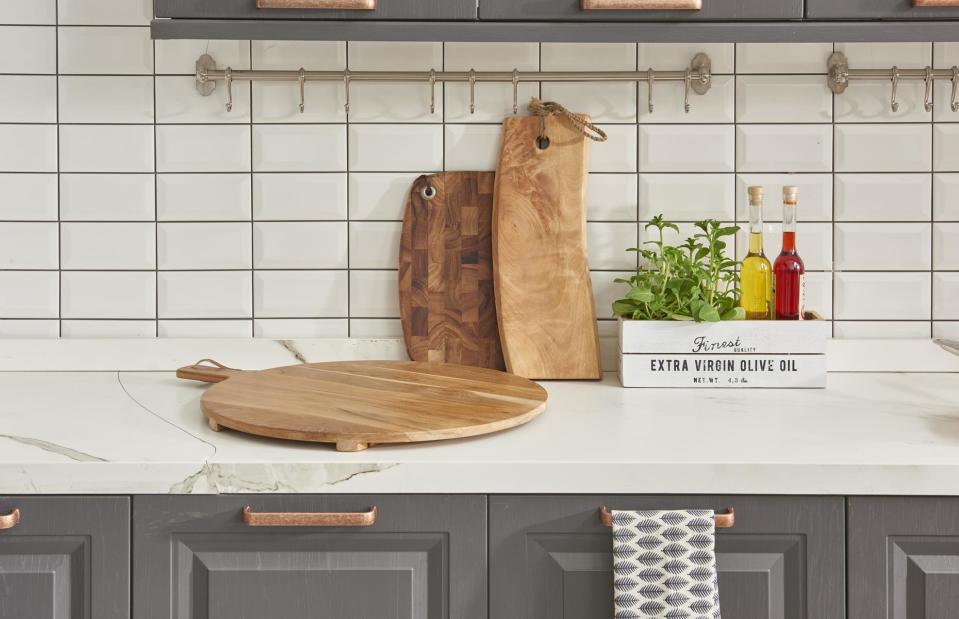
united photo studio / Shutterstock
How clean is your chopping board? Back in the 90s, a study by the University of Wisconsin found that plastic boards are harder to keep clean than wooden versions, since bacteria can linger for longer on an artificial, plastic surface – this is still considered to be true. Scrub your chopping board thoroughly with hot soapy water and dry with a clean tea-towel. Plastic versions should be cleaned in the dishwasher, as bacteria embedded in knife grooves is stubborn to remove.
Hot tubs

Artazum / Shutterstock
Don't you just love the thought of chilling in a hot tub with a few friends? Well, you might want to think again. Michele Hlavsa, an epidemiologist and chief of healthy swimming for the Centers for Disease Control and Prevention, told the Huffington Post that warmer water temperatures and atmosphere can harbour many germs, including one aptly named 'Hot Tub Rash'. Yuck.
Washing-up bowls
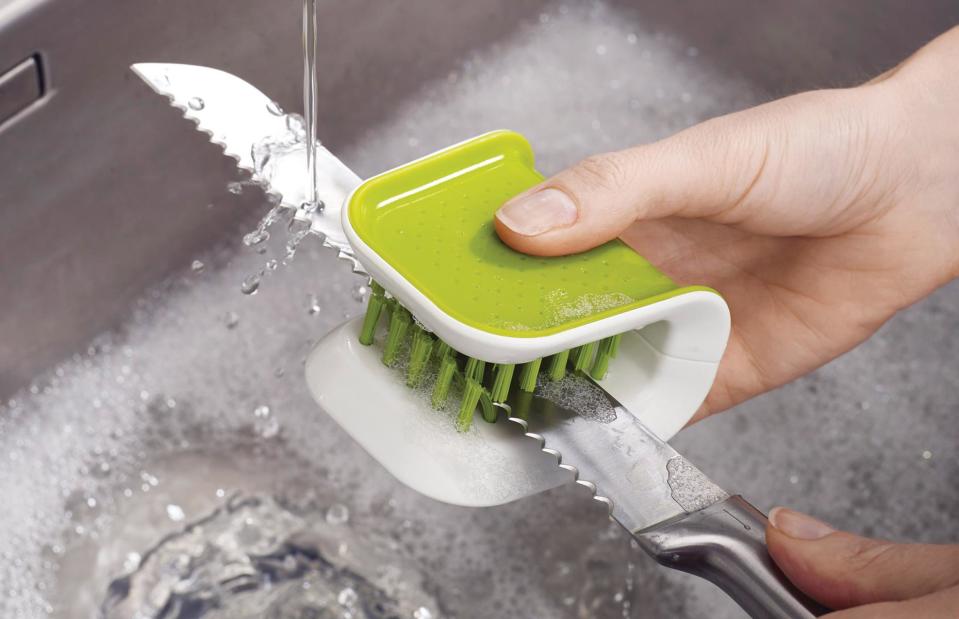
Yellow Octopus
No one likes washing up, but it's a chore that must be done – now you're going to like the job even less. Professor Hugh Pennington from the University of Aberdeen told the BBC: "Placing chopping boards and knives teeming with germs together with plates and glasses in a plastic bowl is a recipe for cross-contamination". Instead, ditch the bowl and wash dishes in the sink, under running water, with plenty of antibacterial liquid. Remember that carelessness when washing sharp objects can cause injuries: that's why we love the Joseph Joseph BladeBrush.
Lead paint
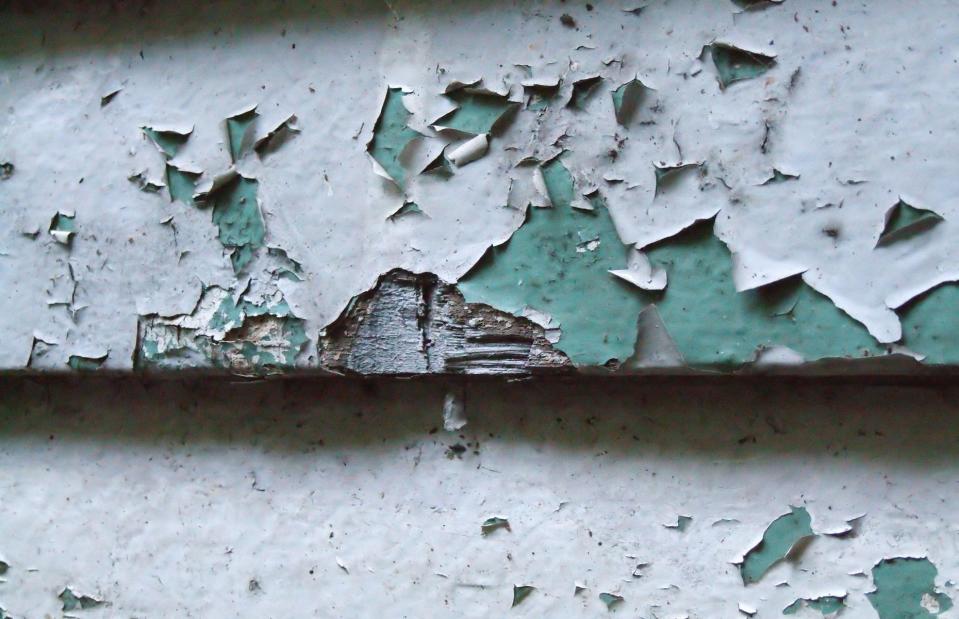
Christopher Adams / Shutterstock
Much like asbestos, lead-based paint was once used in homes around the world, until it was discovered to be hazardous to health. Many homes built in America before 1978 contain lead paint and it's thought to poison almost 900,000 children every year. So, if you live in a historic home, or you're unsure about the origins of your home's paintwork, consider arranging for a professional to test your premises for signs of lead paint. The presence of lead paint could also render your house unsellable.
Pets

Javier Brosch / Shutterstock
'Look what the cat dragged in' is an apt saying. Pets can bring all sorts of nasties into your home such as insects, parasites, bacteria and faeces. Their fur can cause allergies too. We are a nation of animal lovers, but if you don't make sure you have the right cleaning routine for your pet, your four-legged friend could become your worst nightmare. Pets at Home have plenty of advice, including disposing of waste responsibly and keeping your furry companion's environment spick and span.
Sponges, cloths and towels
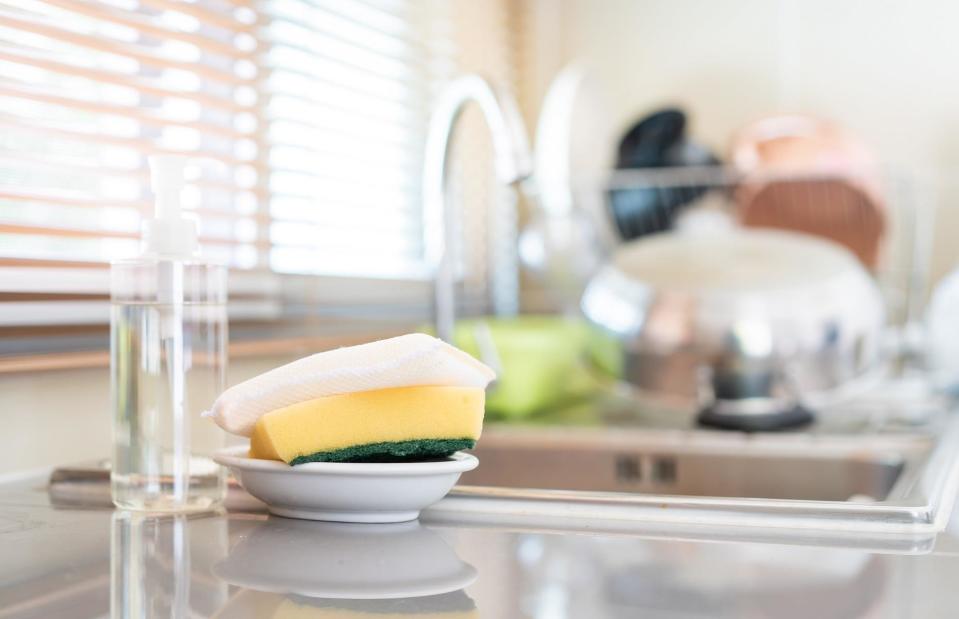
DG PhotoStock / Shutterstock
In the same way a chopping board can collect bacteria and harbour invisible germs, so too can your sponges, cloths and towels. Many say that your tea towel may be filthier than your toilet seat, and a 2017 German study found that per square centimetre, a kitchen sponge can contain 54 billion bacterial cells. The rule here is simple: the longer they’re wet, the more bacteria will grow. Be sure to regularly soak your sponges in bleach and wash towels at 60°C (140°F).
Radon
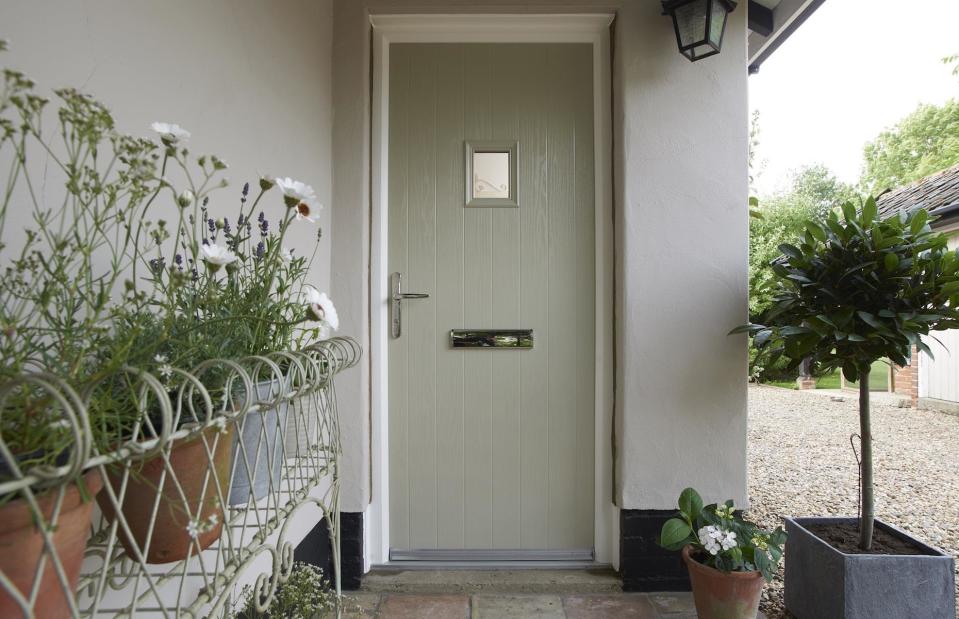
Anglian Home Improvements
Known as the 'silent killer', radon is a naturally occurring, radioactive gas that develops from the decay of uranium in soil. Some regions have higher levels than others, and radon can enter the home in various ways, such as through small cracks in your foundations. Radon can become trapped inside, where it can build up to dangerous levels. Invisible and odourless, this harmful gas can develop without your knowledge and prolonged exposure to it can increase the risk of lung cancer. Luckily, professionals are available to help you render your home radon-free.
Door handles and light switches
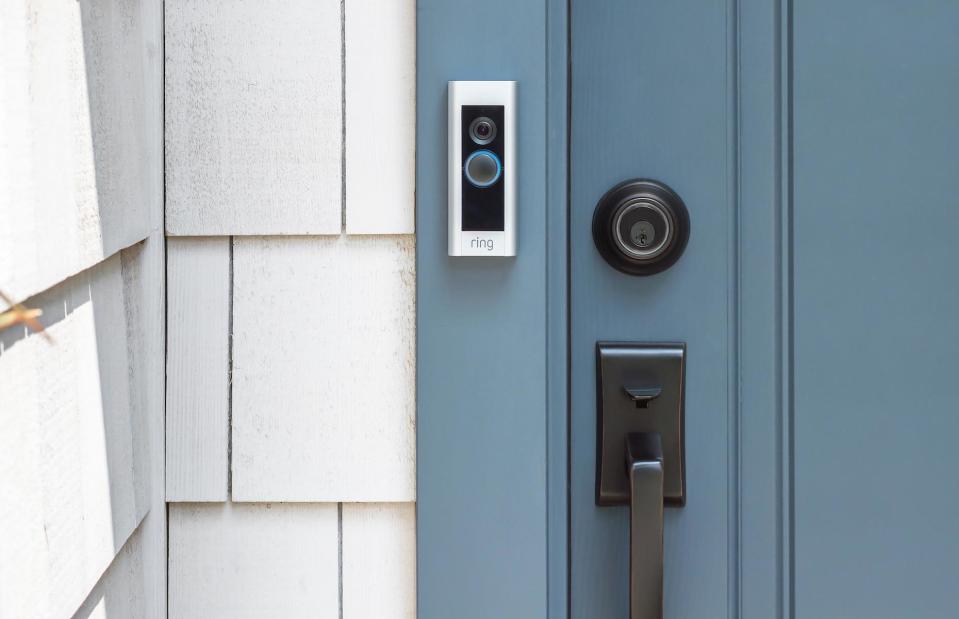
Ring
Another home item that often gets overlooked is the humble door handle. Throughout the day, your handles are likely to be touched dozens of times, yet how often do we think about cleaning them? A study published in PLoS One found that the frequency with which a door handle is used directly correlates with its bacterial count. The same goes for light switches, so add these otherwise overlooked areas to your weekly cleaning schedule to keep them hygienic.
The fridge
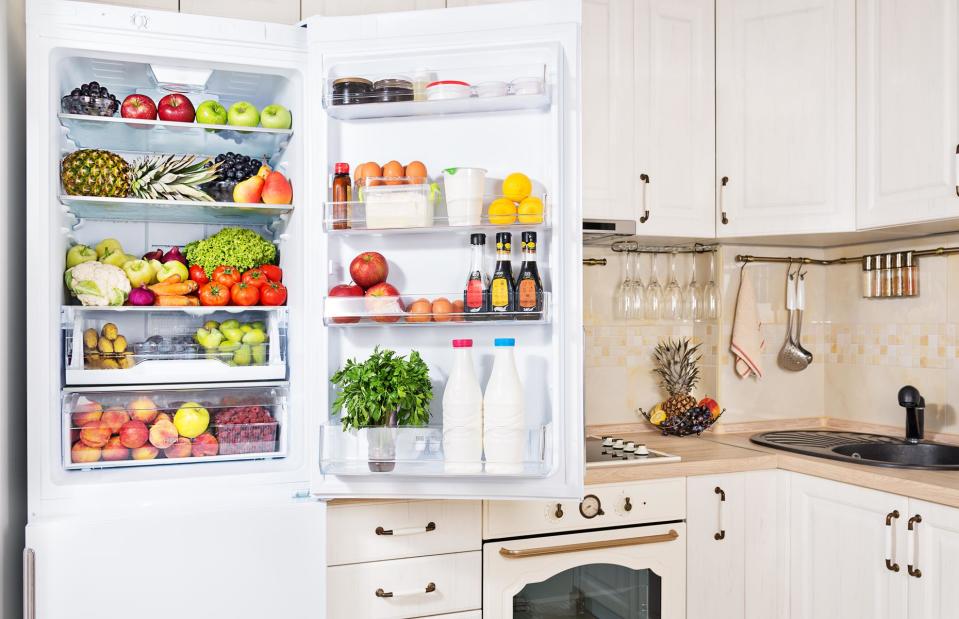
Mirelle / Shutterstock
How you organise your fridge has a serious impact on the food in it and on your health. The Good Housekeeping Institute suggests using the top shelf for deli and cooked foods, the middle for dairy products, the bottom (the coldest part) for wrapped raw meat and fish to avoid cross-contamination, drawers for vegetables, salad and fruit, and the door shelves (the warmest part) for condiments and jars. The coldest part of the fridge should be below 5°C (41°F). Beware of fridges backed with unsafe, plastic materials that pose a fire risk, too.
Forgotten home technology

LarsZ / Shutterstock
If Covid has taught us anything, it's that keeping our homes clean is key to good health. Our home technology gadgets get touched frequently, but it's all too easy to neglect them. According to a study by Swinburne University of Technology in Australia, everything from staphylococcus to E.coli can breed on our remotes, phones and computer keyboards. Regularly clean your gadgets with alcohol gel in order to rid their surfaces of any nasties.
Unvented combustion gases
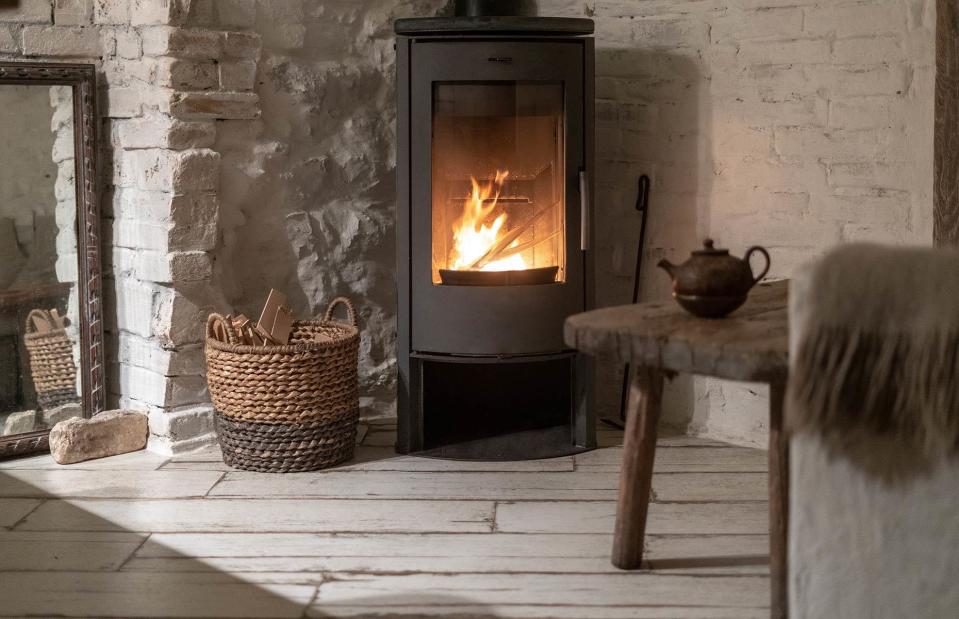
brizmaker / Shutterstock
Whether you have a gas stove or a wood-burning furnace, you could be exposed to hazardous combustion gases, such as carbon monoxide and sulphur dioxide. If not properly circulated outside, these can cause all manner of health issues, including respiratory illnesses and even death. To rid your home of poisonous gases, ensure you maintain your chimneys or furnaces and be sure to install an extraction exhaust hood over your gas stove.


